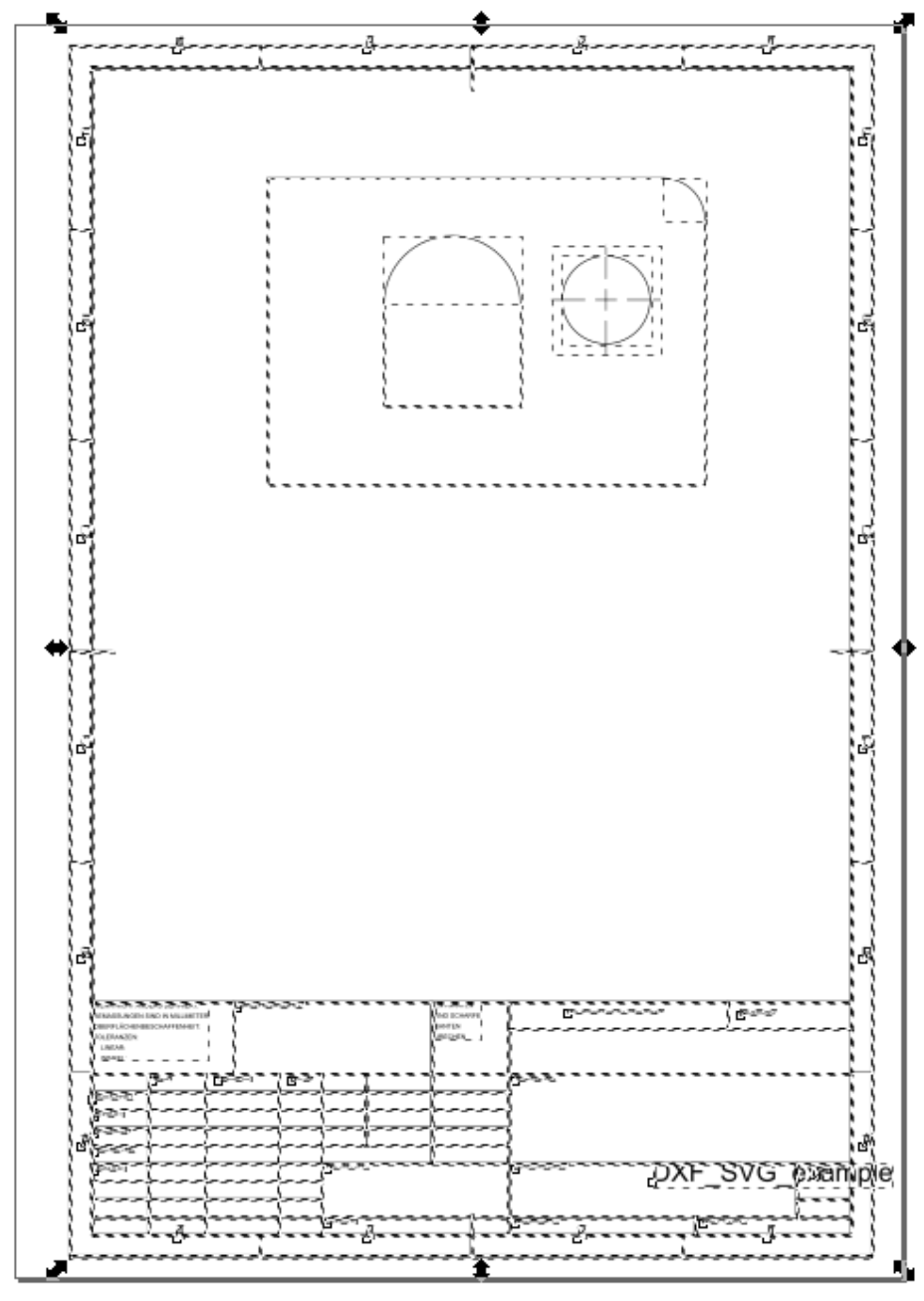

Open the exported SVG file and you will see the profiles of gears properly. Start Kabeja and open an DXF file exported from Fusion 360.Ĭlick “Inkscape” button and Kabeja will create an SVG file. If you are using Inkscape 1.0 and later, selecting View > Display Mode > Visible Hairlines makes strokes visible again. Job Control will recognize the width of “0.05 mm” as the cutting line, but I’m not sure whether it might cause any problem. Object > Fill and Stroke dialog, Set Stroke Paint color Red.Īlso set stroke width at least “0.001 mm” so that Trotec’s Job Control recognizes the strokes as the cuttinng line, but which makes lines invisible on your screen. Select bodies lying on the X-Y plane to export and press OK button. The profiles of teeth are missing.Īccording to this thread, the problem is Inkscape can’t handle splines that are higher than degree 3, and splines of the sketch in Fusion 360 are degree of 5.ĭownlaod Shaper Utilities and install it.Īfter installing it, you can see Shaper logo on Tools tab.Īssume that you created spur gears and want to export sketches as vector file to lasercut. Opening an exported DXF file in Inkscape causes an issue. Introduction #įusion 360 has an Add-in, SpurGear, which is able to create the spur gear( 平歯車) easily. Two measures are introdueced here, one is using a Fusion 360 Add-in, Shaper Utilities, and the other is a Java library, Kabeja. Those who afford Adobe Illustrator, don’t bother reading. and want to open the files with Inkscape for lasercutting.Those who want to export sketches containing splines(e.g.Invention, Intellectual Property, and IncomeĮxport SVGs from Fusion 360 # About this document # principles and practices / project managementġ4.


 0 kommentar(er)
0 kommentar(er)
